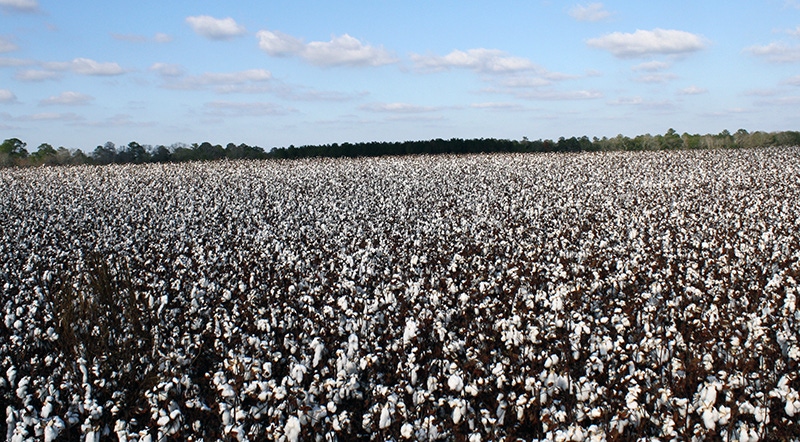December 28, 2018

The Agriculture Improvement Act of 2018 became law Dec. 20, and Congress provided guidance and summaries on what the 1,006-page bill contains. Farm groups and ag economists have also given their reads on the language inside the bill.
The 2018 Farm Bill continues programs for Title I commodities from the 2014 Farm Bill, such as the Agriculture Risk Coverage (ARC) program, the Price Loss Coverage (PLC) program, and the Marketing Assistance Loans (MAL) program with Loan Deficiency Payments (LDP).
University of Georgia Extension Economists Dr. Yangxuan Liu and Dr. Adam N. Rabinowitz Dec. 27 provided what they identified as 11 major changes in the Title 1 section of the new bill, which includes:
The election between ARC/PLC is one of the key changes for Title I commodities in the 2018 Farm Bill. The initial election will be in 2019 for the 2019 and 2020 crop years. Beginning with the 2021 crop year, producers are allowed to change their ARC/PLC program elections annually.
A new effective reference price and updated PLC program yields are created for covered commodities.
The statutory PLC reference prices for Title I commodities remain the same as in the 2014 Farm Bill with seed cotton added. The effective reference price permits the reference price to increase up to 115% of the statutory reference price.
At the sole discretion of the owner of a farm, the owner shall have a 1-time opportunity to update the PLC payment yield, on a covered-commodity-by-covered-commodity basis. The payment yield is used in calculating the PLC payment for each covered commodity for which the PLC election is made.
In the case of seed cotton, for the purposes of determining the average yield per planted acre, the average yield for seed cotton per planted acre shall be equal to 2.4 times the average yield for upland cotton per planted acre.
Beginning in 2019, ARC-CO (ARC-County) payments will be based on the physical location of the farm, with farms that cross multiple counties being prorated into each county.
When calculating the benchmark revenue for ARC-CO, the effective reference price will be used as part of the calculation for the 5-year Olympic average price when the effective reference price is higher than the marketing year average price. In addition, the 5-year Olympic average yield will use either the county average yield or 80% of the county transitional yield, whichever is higher for that year.
Loan rates for the MAL program have increased for most commodities, except peanuts. Peanuts maintain the $355/ton loan rate and cotton will have a factor to limit year-to-year variability.
Payment limits are still $125,000, with a separate payment limit for peanuts. First cousins, nieces, and nephews are going to be included in the family members eligible for payments.
Unassigned base will remain unassigned and not be eligible for payments.
Adjusted Gross Income limits remain at $900,000 per person or legal entity.
About the Author(s)
You May Also Like






